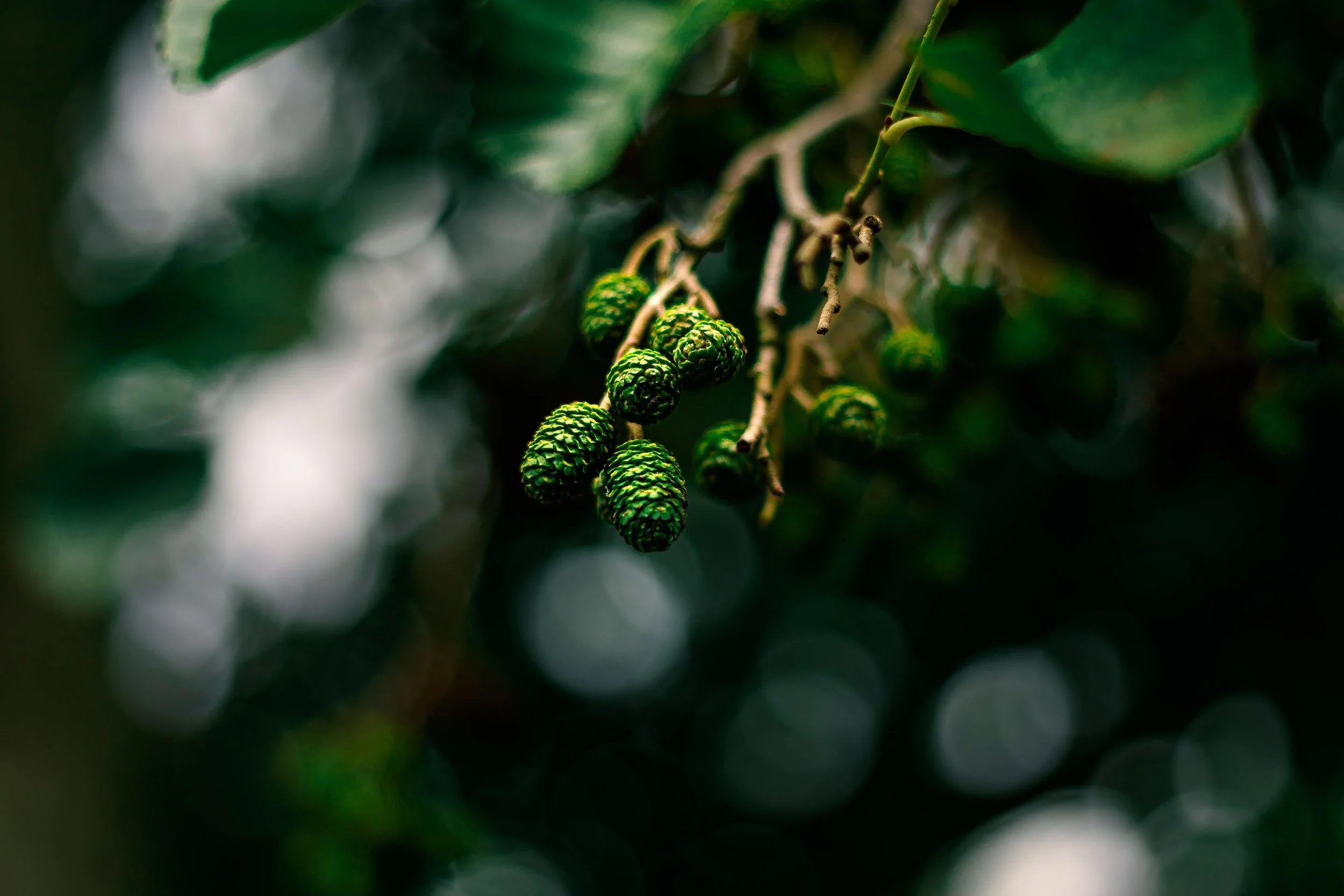SOUL OF THE KAURI TREE
New Zealand kauri " Agathis Australis " is the largest tree in the Agathis genus and the only Agathis species native to New Zealand. Kauri are one of the largest and longest-living trees in the world. All the trees in the Agathis genus are generally known today as kauri. When the dinosaurs became extinct 66 million years ago, so too did all members of the Agathis family in the northern hemisphere. The family now includes three genera all naturally growing in the Southern Hemisphere. The genealogy of the kauri started some 135,000,000 yrs ago when New Zealand was located against the land mass of Australia, Papua New Guinea, Located in the south eastern part of Pangea. It was all one land mass at that stage. When the continents started to split apart so did the family of the kauri.
“ These kauri trees that I use are up to 32,000 years old with logs and root system being preserved underground by the minerals of the swamp and bog-lands of Northland, New Zealand. The massive trees were buried with a seemingly violent and sudden force, possibly in a large storm, tsunami, or flood.
These trees have lay dormant til farmers began clearing and draining the land for agriculture. I began using this resource for making bowls back in the 1980's and more recent, sculpture and tables.
I just love the colour and character of the kauri with the beautiful effects of chatoyancy, just like tigers eye in gemstones. It gives a three dimensional golden shimmer as you move around the piece.
A lot of my work now sits on bearings, so that they can rotate. It becomes an interactive art piece which never fails to delight, also the darker the colour of kauri, the older it is as its been underground for a longer period of time. most of my work also has been french polished which gives it a timeless quality.”
John Freeman
What kauri look like
Young kauri trees have a narrow pyramid shape like most conifers. The trees shed their lower branches when the tops reach the forest canopy. Mature kauri develop massive column-like trunks and spreading crowns. Large trees are held up by spreading lateral roots anchored with peg roots. Peg roots can reach five metres into the ground. The feeding roots form a fine surface mat within the litter mound that surrounds each tree.
The trunk of the full-grown kauri has greyish bark. It has a pattern caused by the bark flaking off, known as hammer-mark bark. Kauri gum seeps from the bark of mature trees to repair injury or decay.
Kauri tree leaves are oblong in shape and bronze when young. The leaves turn bright green as the tree grows.
The kauri is a conifer which means it produces cones - both male and female. Male cones are finger-shaped and fall once they have released their pollen in spring. Female cones are round and turn from green to brownish red as they mature. They ripen after three years of growth and release seeds that are dispersed by the wind.
Size
A kauri’s height averages 30–40 metres. Trunks reach an average diameter of over one metre by 600–700 years of age. Trees can survive for 1,000 years or more. At this age their trunk diameter averages two metres. Trees older than 1,700 years have trunk diameters measuring over three metres. Kauri of this size are now rare.
The ages of the largest survivors like Tāne Mahuta (diameter over 4 metres) are not accurately known, but have been estimated at 1,500–2,000 years. Even bigger trees were known in the past, some with diameters of more than 7 metres.
When people first arrived in New Zealand over 1,000 years ago, kauri forests covered 1.2 million hectares. Only 7,455 hectares of mature kauri forest remains today. Stands of these trees are scattered in patches.
Soul of the Kauri tree
An ongoing exhibition of art created from 32,000 yr old ancient Kauri
Pangea started breaking away from Gondwanna land about 200,000,000 yrs ago and existed as a land mass form the next 100,000,000 yrs.
In the northen region of New Zealand grows the Kauri tree "Agarthis Australis'

